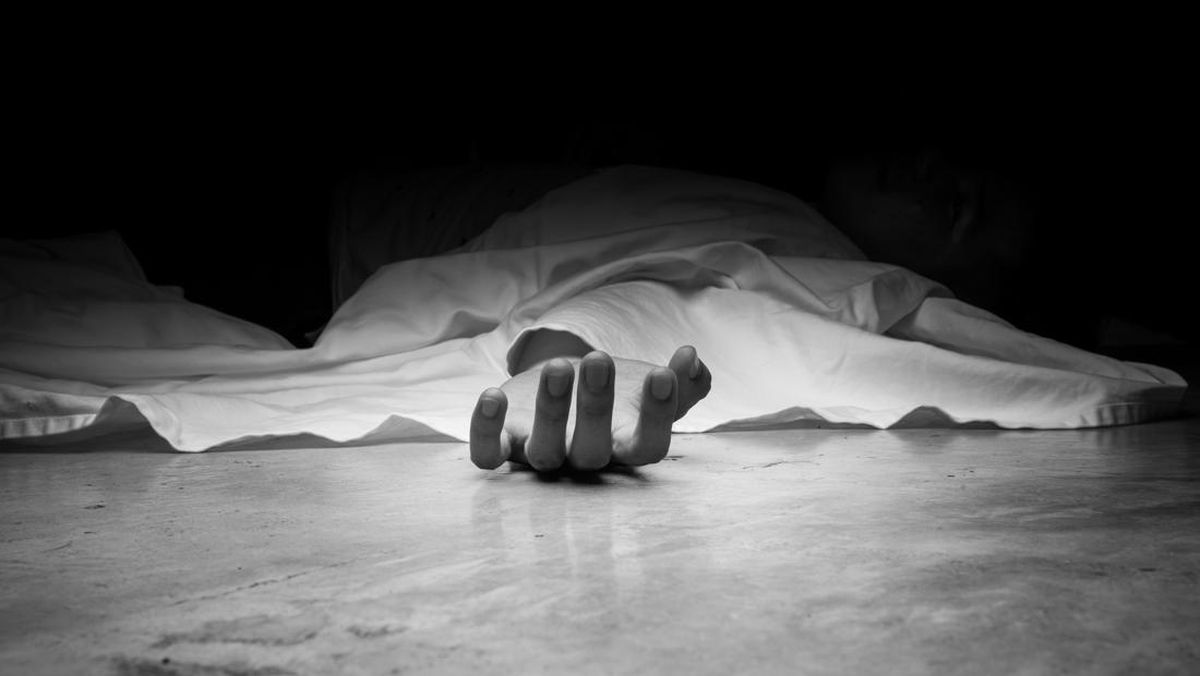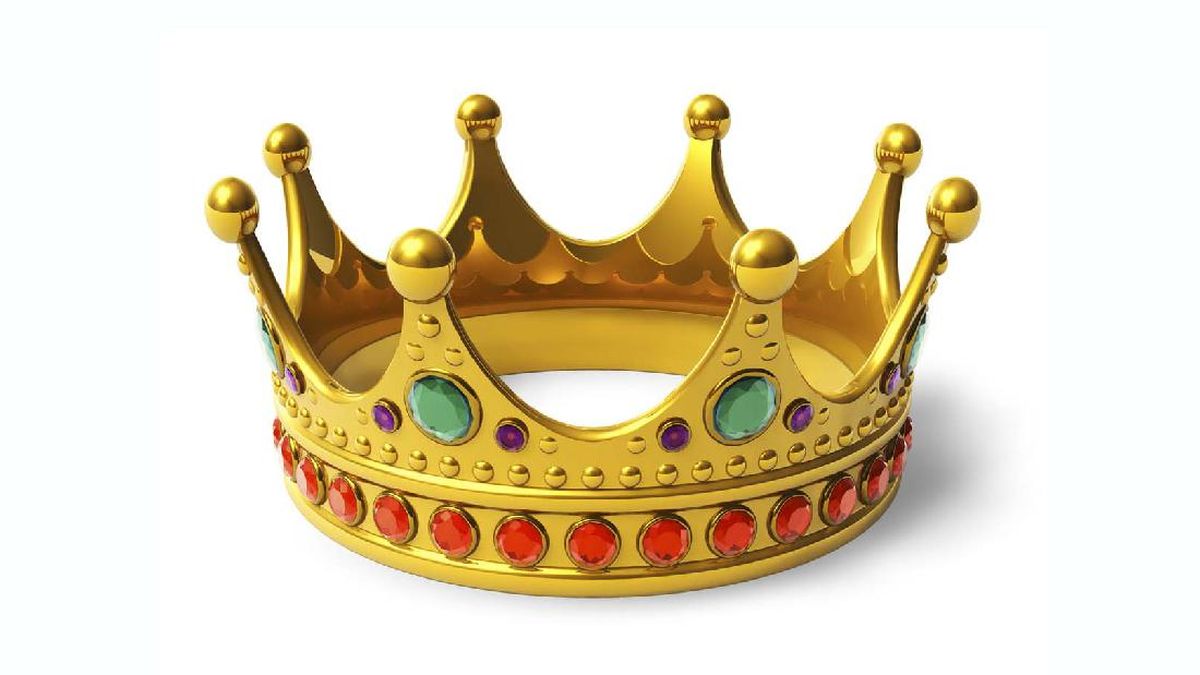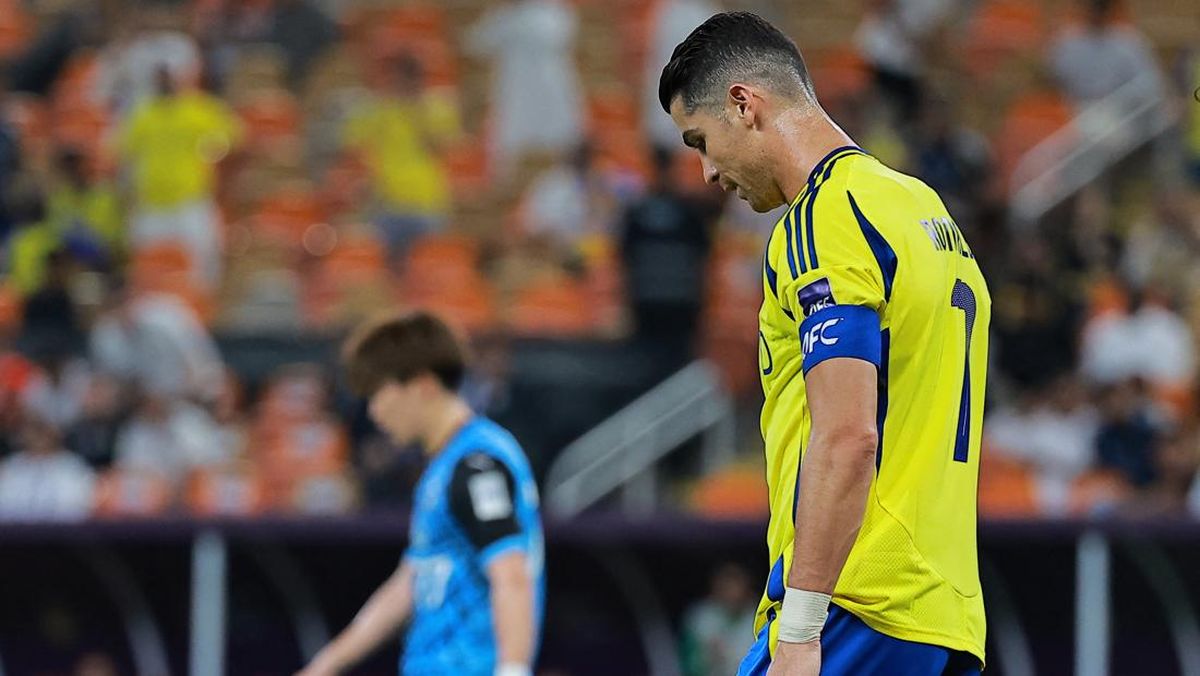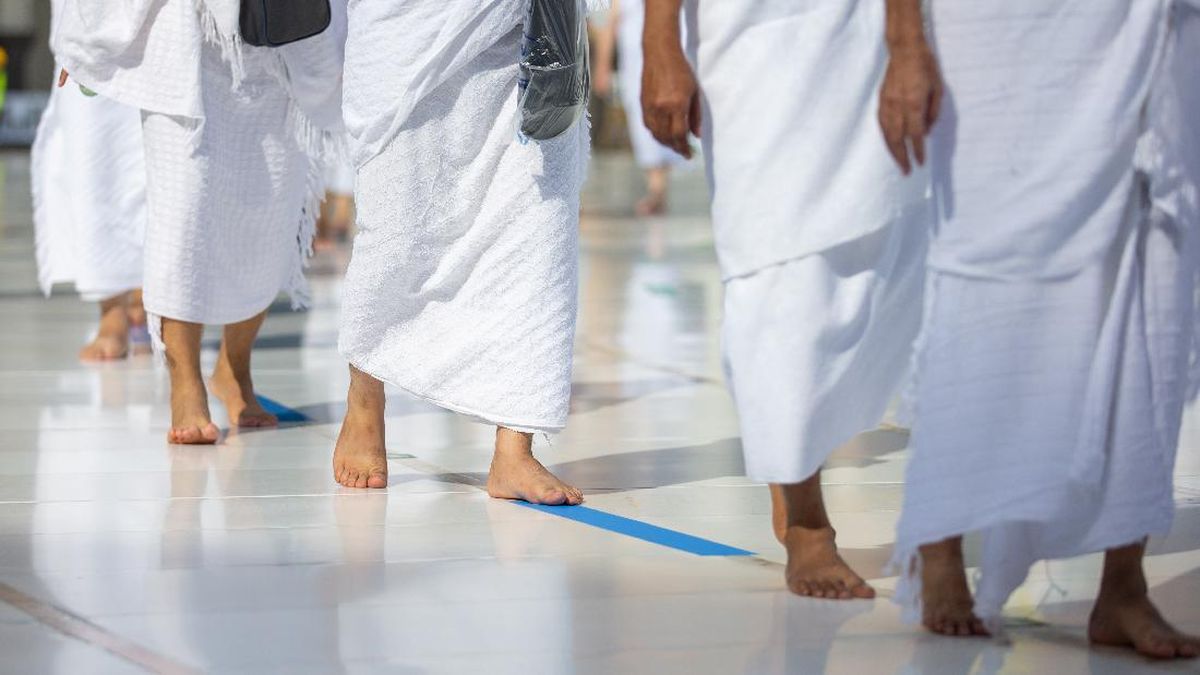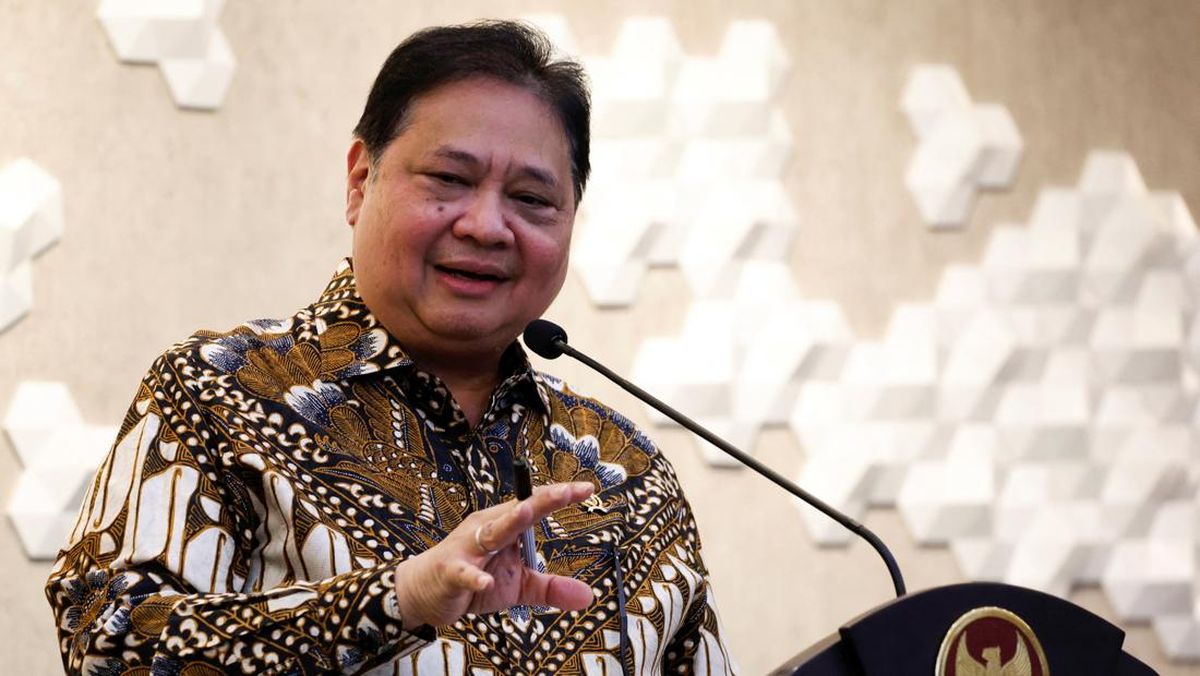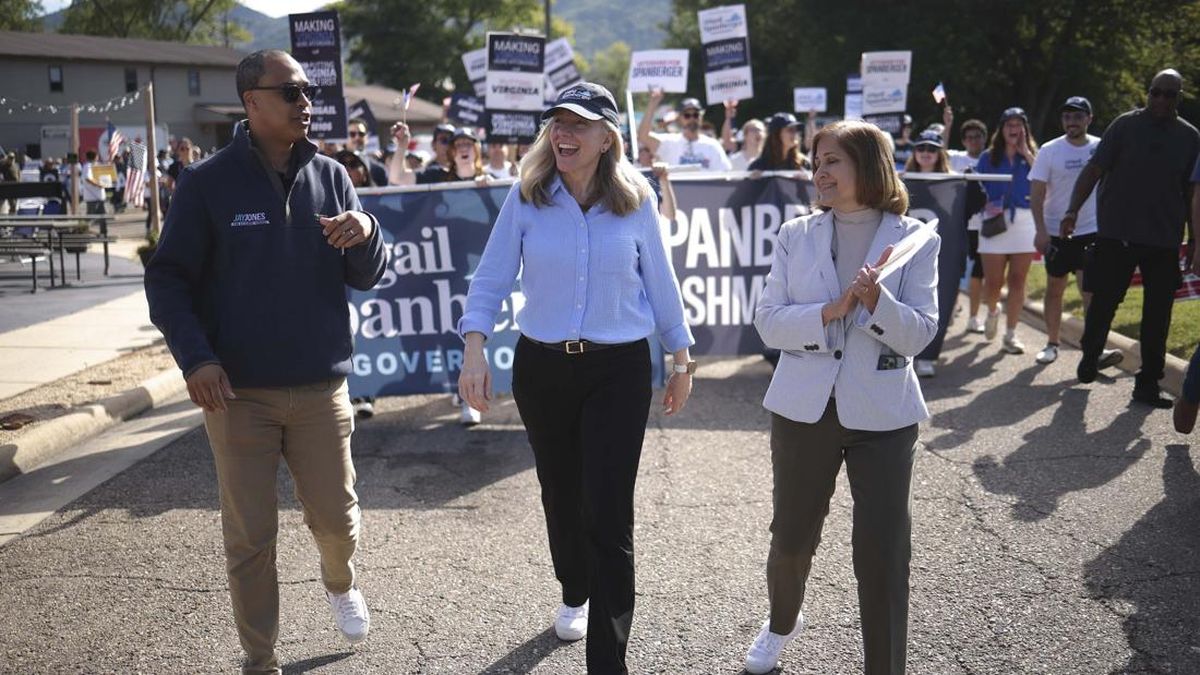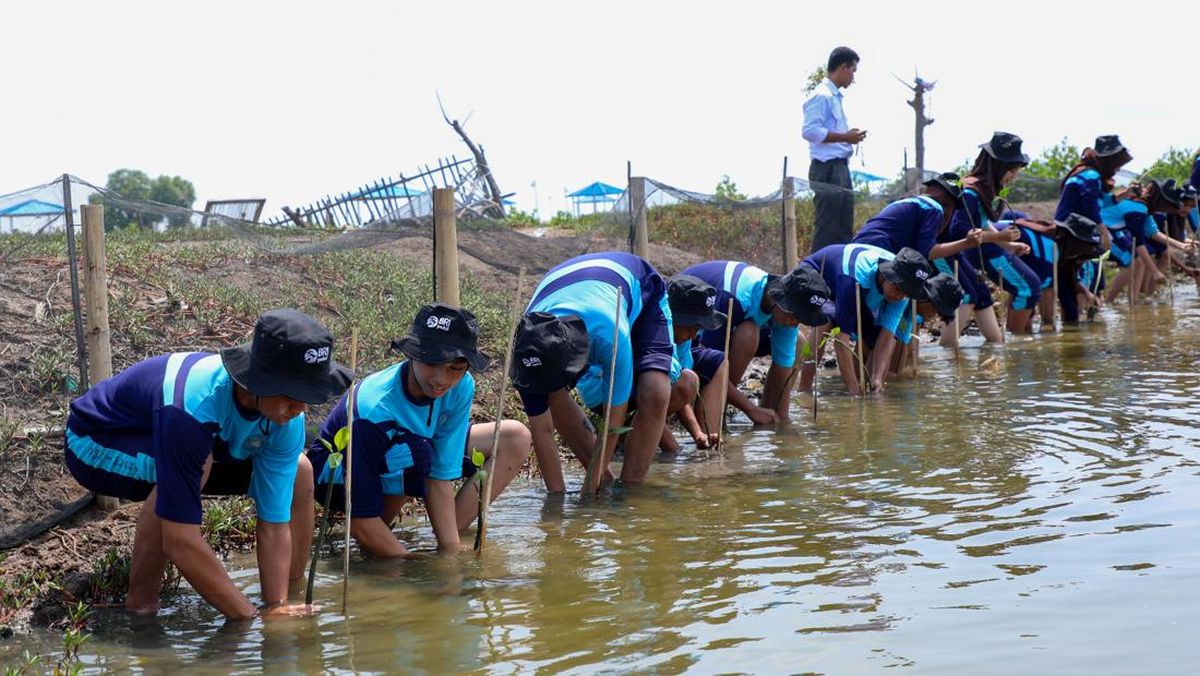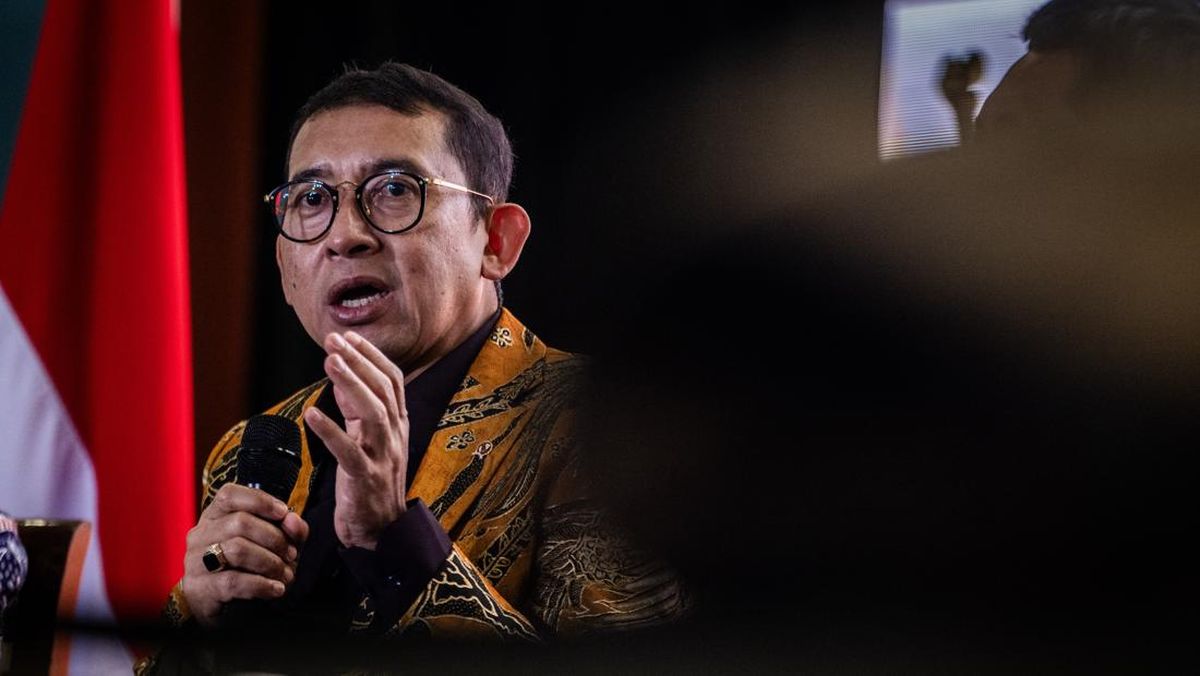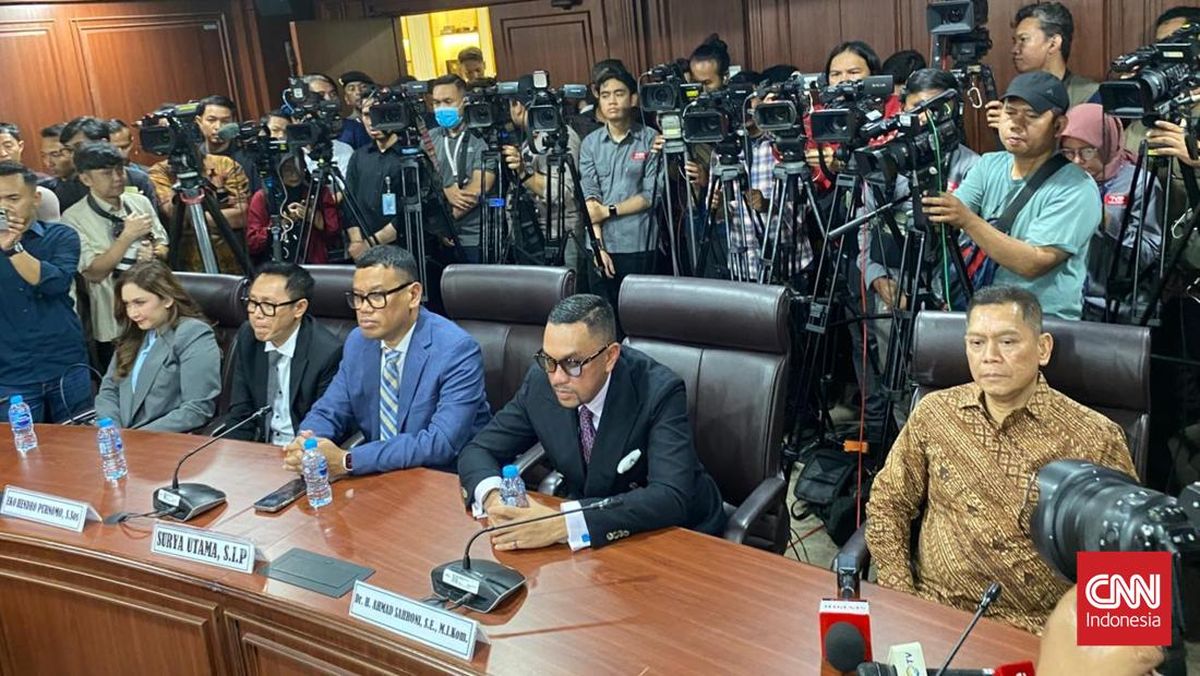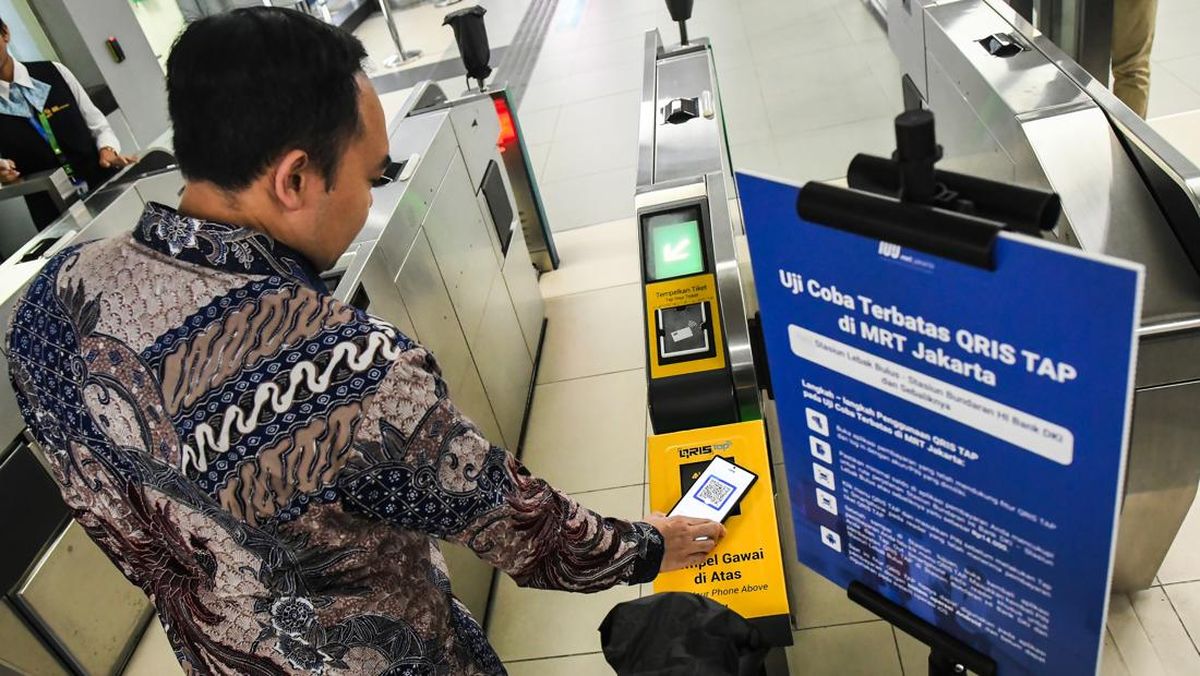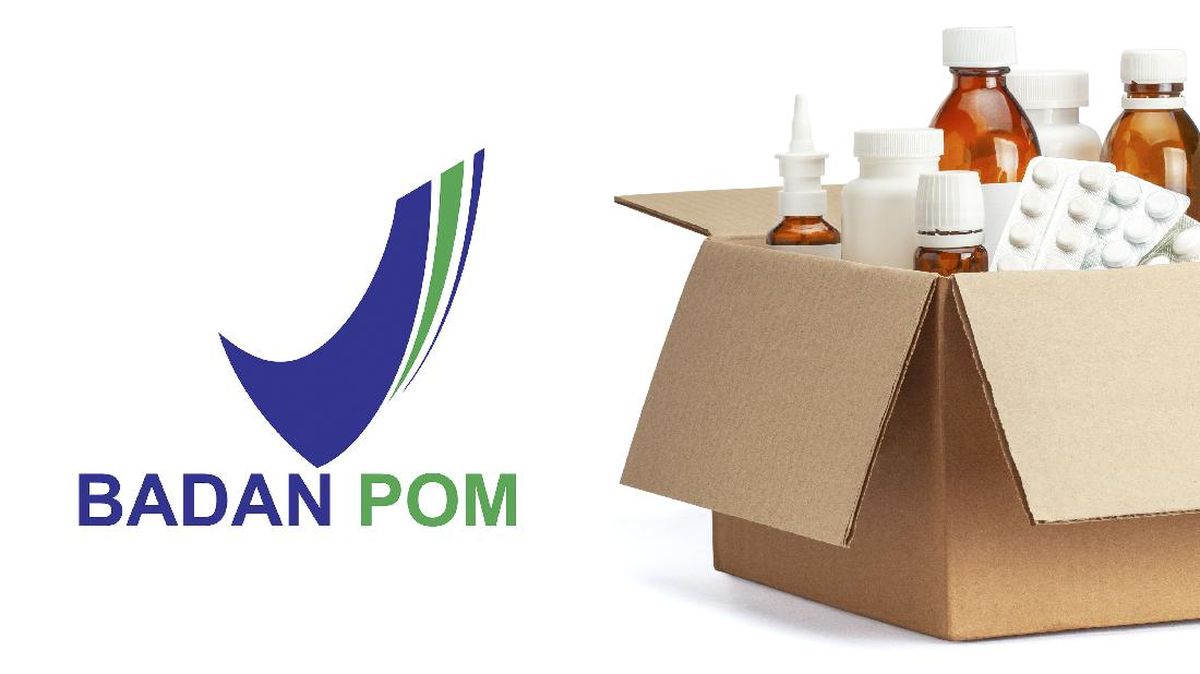A north shore all-boys private school is set to raise fees above $50,000 next year, making it the third Sydney institution to break through that barrier as schools prepare to hike prices by 4 to 7 per cent.
Shore School is among the first NSW private schools to release fees for 2026 – a month ahead of schedule – lifting prices just under 4 per cent as principals say rising teacher salaries, compliance and building costs are putting pressure on budgets.
The school will lift year 11 fees to $50,630 next year, which includes the cost of tuition and levies for camps, technology and resources. Parents of year 12 students will pay $49,615 for tuition and levies, an increase of about 3.9 per cent.

Shore School in North Sydney will lift its fees just under 4 per cent in 2026.Credit: Flavio Brancaleone
In the past two years, fees at two eastern suburbs private schools – Kambala and Scots College – have eclipsed $51,000, and at the current rate of increase, the city’s most expensive schools will top $70,000 within the next seven years.
Some low- and mid-fee schools have released fees for next year, including Oran Park Anglican College in south-west Sydney, which has increased its fees by 6 per cent to $10,350 for year 12. Richard Johnson Anglican College in Oakhurst has increased fees by about 8 per cent to $7965 for the final school year.
Principals say schools are likely to lift fees by about 4 to 7 per cent next year, after a pay deal reached in February secured private school staff a salary bump of 4.5 per cent in 2026, and 4 per cent the following year.
The most experienced private school teachers will earn about $133,000 next year; high-fee schools such as Shore and King’s have historically paid well above award rates.
Public school teachers last year reached a wage deal that took the top-of-the-scale pay to $129,000; gave them extra pupil-free days; and capped weekly staff meetings to one hour outside class time.
Knox Grammar headmaster Scott James said school boards and heads faced pressures on budgets due to rising salaries “driven by award obligations and costs for repairs and maintenance of ageing infrastructure, with some buildings more than 50 years old”.
“The challenge lies in maintaining quality and sustainability, while being mindful of affordability for parents,” he said.

Knox Grammar School in Wahroonga.Credit: Rhett Wyman
Shore headmaster John Collier said the school’s fee increase was “kept below 4 per cent in light of cost-of-living pressures, and we’ve announced earlier than in previous years with the intent of helping families plan ahead”. A school spokesman said tuition fees had been “carefully benchmarked” against comparable independent schools.
James Mathers, a former student and an executive member of the Shore School council, said he did not want Shore to be a school only for boys from wealthy families. He said schools blamed salaries and inflationary pressure for fee rises – which had surged more than 50 per cent in a decade and outstripped inflation – but that they could consider other measures such as increasing class sizes and reviewing management costs.
Private schools have at least $500 million worth of building projects in the pipeline, which include plans by MLC School in Burwood for a $108 million sports centre; $170 million at King’s for campus development; and a $51 million sports and aquatic centre at Santa Sabina.
Salaries comprise about 70 per cent of a school’s budget, but private school non-teaching staff numbers have tripled in the past two decades to make up 40 per cent of all staff. Student-to-teacher ratios are also lower in private schools.
New data for 2024 reveals parents with children at SCEGGS Darlinghurst, Wenona, Redlands and Shore have the highest median incomes in the state, ranging from $460,000 to $505,000. Eight schools, including Queenwood, Loreto Kirribilli and Cranbrook, have median family incomes above $450,000.
The Australian Taxation Office figures are used to calculate the capacity of families to contribute to their school.
Some private schools lost funding after the federal government changed the system to calculate how much families can afford to contribute to fees, with the cuts set to be phased in until 2029.
Earlier this year, the government told private schools it would roll over capacity-to-contribute scores for 2026 to assist with budgeting.
Loading
Independent Schools Australia chief executive Graham Catt said: “Schools finalise their budgets and fees months in advance. When funding information arrives late in the year, they’re forced to scramble, cutting programs or jobs at the worst possible time.
“Even a one-point shift can mean hundreds of thousands of dollars in funding, that can mean the difference between keeping a program running or having to make difficult staffing decisions right before Christmas,” he said.
High-fee private schools increased fees by up to 12 per cent last year, which principals blamed on public system wage increases flowing through the education system.
Most Viewed in National
Loading

